Saffron, derived from the delicate flowers of Crocus sativus, stands as the undisputed king of spices, renowned for its exceptional taste, fragrance, and vivid hue. Its exorbitant price tag is not just a reflection of its culinary value but also a testament to the intricate process of cultivation and harvesting that transforms a simple flower into the world’s most expensive spice.
Saffron: The Pinnacle of Spice Luxury
Saffron stands as the pinnacle of spice luxury, celebrated for its exquisite flavor, vibrant color, and historical significance. Here are key aspects that make saffron the epitome of spice luxury:
- Labor-Intensive Harvesting: Saffron is derived from the delicate threads of the Crocus sativus flower, and each thread must be hand-harvested. The meticulous process requires a significant number of flowers to yield even a small quantity, contributing to its exclusivity and labor-intensive nature.
- Distinctive Flavor and Aroma: The unique taste and aroma of saffron set it apart from other spices. Its rich, earthy flavor with subtle floral notes adds a luxurious touch to dishes, making it a prized ingredient in high-end cuisine.
- Vibrant Golden Hue: Saffron imparts a striking golden color to dishes, enhancing their visual appeal. This vibrant hue, often likened to the color of gold, elevates the presentation of food, making saffron a symbol of opulence in culinary aesthetics.
- Limited Geographical Cultivation: Saffron thrives in specific geographic conditions, with major cultivation regions including Iran, India, and Spain. The spice’s exclusive growth requirements further contribute to its scarcity and luxurious status.
- Cultural and Historical Significance: Saffron has a rich history, dating back to ancient civilizations. Its use in cultural practices, rituals, and traditional medicine adds layers of significance, making saffron more than just a spice—it’s a symbol of heritage and tradition.
- Global Demand and Trade: Saffron’s global demand, coupled with its limited production, drives its high market value. The spice has been historically traded along ancient routes, including the Silk Road, further emphasizing its coveted status in international commerce.
- Versatility and Prestige: Saffron’s versatility extends beyond culinary applications. Its presence in perfumes, dyes, and medicinal practices adds to its prestige, showcasing a wide range of uses that contribute to its allure.
In summary, saffron’s combination of labor-intensive cultivation, unique sensory profile, and cultural significance positions it as the pinnacle of spice luxury. Whether used sparingly in a dish or cherished for its historical resonance, saffron continues to captivate as a symbol of sophistication and culinary indulgence.
Saffron: History of saffron
Saffron, derived from the delicate purple flower Crocus sativus, has a storied history that spans millennia. Believed to have originated in the regions of Southwest Asia or the Mediterranean, saffron cultivation has deep roots in ancient civilizations.
The heart of saffron’s historical narrative lies in Persia, modern-day Iran, where it became not only a culinary treasure but also a symbol of wealth and luxury. The cultivation and harvesting of saffron are meticulous processes, as the spice is derived from the three red stigmas in the center of the flower.
As trade routes expanded, saffron found its way to Europe, captivating the Roman Empire. Its distinctive flavor and vibrant color made it a sought-after ingredient, especially in royal and aristocratic circles. Saffron was not only a spice but also a status symbol, denoting opulence and sophistication.
Beyond its culinary uses, saffron has been historically revered for its medicinal properties. Ancient cultures believed in its ability to treat various ailments, adding to its allure.
Even today, saffron remains one of the most expensive spices globally. Persian saffron, in particular, is highly esteemed for its superior quality and intense flavor. The intricate history of saffron reflects not only its culinary significance but also its cultural and economic impact across civilizations.
Types of saffron
Saffron is generally categorized into different types based on its quality, origin, and specific characteristics. The three main types are:
- Persian Saffron (Iranian Saffron):
– Often considered the finest and most high-quality saffron.
– Comes from Iran, particularly the regions of Khorasan, where the climate and soil conditions are ideal for saffron cultivation.
– Recognized for its deep red color, strong flavor, and aromatic qualities.
- Spanish Saffron:
– Spain is another significant producer of saffron, particularly in the La Mancha region.
– Spanish saffron is known for its vibrant red color and distinct, slightly sweet flavor.
– It is widely used in Spanish cuisine, including in the famous dish paella.
- Kashmiri Saffron:
– Hailing from the Kashmir region in India, this saffron is highly prized for its unique flavor and aroma.
– Known for its long, thick threads and a deep red color.
– Kashmiri saffron is often considered among the best in the world.
These distinctions are based on geographical origin, and each type of saffron has its own characteristics that contribute to its overall quality and flavor profile. When purchasing saffron, it’s essential to consider factors such as color, aroma, and thread length to ensure its authenticity and quality.
Saffron: The Flavor of Luxury
Saffron, often referred to as the “Flavor of Luxury,” stands as the most expensive spice globally, prized for its distinctive taste and vibrant hue. Derived from the delicate threads of the Crocus sativus flower, saffron imparts a unique and rich flavor to dishes, making it a sought-after ingredient in high-end culinary experiences.
The labor-intensive cultivation process contributes to saffron’s exclusivity. Each thread is hand-harvested, requiring a large number of flowers to produce even a small quantity. This meticulous harvesting, coupled with the limited geographic regions conducive to saffron cultivation, elevates its rarity and cost.
Mainly cultivated in regions such as Iran, India, and Spain, saffron’s deep red threads are not only valued for their culinary contribution but also for their historical significance in traditional medicine. Beyond its use in the kitchen, saffron has been associated with potential health benefits, including antioxidant properties.
Despite its steep price, saffron remains a symbol of opulence and is used sparingly to enhance the flavors of various dishes, making it an indispensable element in the world of luxury cuisine.
Saffron: The Health Benefits of Saffron
Saffron, in addition to being a prized spice known for its rich flavor and vibrant color, has been associated with several potential health benefits. Here are some of the key health aspects of saffron:
- Antioxidant Properties: Saffron contains compounds such as crocin and crocetin, which act as antioxidants. These compounds help neutralize free radicals in the body, potentially reducing oxidative stress and inflammation.
- Mood Enhancement: Some studies suggest that saffron may have positive effects on mood and mental well-being. It has been linked to the modulation of neurotransmitters such as serotonin, which plays a role in regulating mood.
- Potential Anti-Depressant Properties: There is evidence to suggest that saffron may have antidepressant effects. It has been studied in relation to conditions like major depressive disorder, showing promising results in some trials.
- Anti-Inflammatory Effects: Saffron’s active compounds may have anti-inflammatory effects, which could be beneficial in conditions associated with inflammation.
- Eye Health: Crocin, a compound in saffron, has been studied for its potential role in preventing and treating age-related macular degeneration (AMD), a leading cause of vision loss in older adults.
It’s important to note that while saffron shows promise in various health aspects, more research is needed to fully understand its mechanisms and establish recommended doses. As with any supplement or spice, moderation is key, and individuals with specific health concerns or conditions should consult with a healthcare professional before incorporating saffron into their diet for medicinal purposes.
Saffron: how to use saffron
Saffron is a versatile spice that can add a unique flavor, aroma, and vibrant color to a variety of dishes. Here’s a guide on how to use saffron:
- Infusion:
– Steeping saffron threads in warm liquid is a common method. This can include water, broth, milk, or wine.
– Warm a small amount of liquid (about 2-3 tablespoons) and soak a pinch of saffron threads in it for 15-20 minutes. This allows the saffron to release its flavor and color.
- Grinding:
– Grinding saffron threads with a mortar and pestle before adding them to a dish can help distribute the flavor more evenly.
– You can mix the ground saffron with a small amount of liquid before incorporating it into your recipe.
- Direct Addition:
– In some recipes, saffron threads can be directly added to the dish without any prior soaking.
– This is especially common in slow-cooked dishes where saffron has time to impart its flavor and color.
- Paella and Risotto:
– Saffron is a key ingredient in paella and risotto. Typically, it is added during the cooking process to infuse the dish with its unique characteristics.
- Baking:
– Saffron can be used in baking, adding its distinct flavor to bread, cakes, and pastries. Soak saffron threads in liquid and incorporate them into the wet ingredients of your recipe.
- Beverages:
– Saffron can be used to infuse warm beverages like tea or hot milk. Steep a few saffron threads in the liquid for a fragrant and flavorful drink.
- Marinades:
– Incorporate saffron into marinades for meat or vegetables. The saffron-infused liquid can enhance the flavor of the ingredients.
Remember, saffron is potent, so a little goes a long way. Experiment with small amounts to find the right balance for your taste preferences. Additionally, store saffron in a cool, dark place to preserve its flavor and color.
Saffron: restrictions on consumption
While saffron is generally safe when consumed in moderation as a spice in culinary dishes, excessive intake may lead to adverse effects. Here are some considerations regarding the limits of saffron consumption:
- High Cost:
Saffron is one of the most expensive spices, so its excessive use can significantly increase the cost of a dish without necessarily improving its flavor.
- Potency:
Saffron is potent, both in flavor and color. Using too much can overpower a dish and lead to an unpleasant, bitter taste.
- Allergic Reactions:
Some individuals may be allergic to saffron, leading to symptoms such as itching, rashes, or difficulty breathing. If you have known allergies to plants in the Iridaceae family, it’s advisable to avoid saffron.
- Pregnancy and Breastfeeding:
Pregnant and breastfeeding women should be cautious with saffron consumption. While moderate use in cooking is generally considered safe, high doses or saffron supplements are not recommended, as they may stimulate uterine contractions.
- Medication Interactions:
Saffron may interact with certain medications, including those for blood pressure, mood disorders, or anticoagulants. If you are taking medications, it’s advisable to consult with a healthcare professional before incorporating saffron into your diet.
- Individual Sensitivity:
Some individuals may be more sensitive to the effects of saffron than others. It’s advisable to start with small amounts and monitor for any adverse reactions.
- Psychological Effects:
In very rare cases, excessive consumption of saffron may lead to certain psychological effects. However, this typically involves extremely high doses, well beyond what would be used in normal culinary practices.
Always use saffron in moderation and as part of a balanced diet. If you have any concerns about saffron consumption, especially in the context of existing health conditions or medications, it’s recommended to consult with a healthcare professional for personalized advice.
Saffron Consumption During Pregnancy: A Delicate Balance
Pregnant women are generally advised to exercise caution when it comes to saffron consumption, particularly in high amounts or through the use of saffron supplements. While moderate use of saffron in culinary dishes is typically considered safe, there are several reasons for the recommended limitations during pregnancy:
- Uterine Stimulation:
Saffron has been traditionally believed to have uterine-stimulating properties. High doses of saffron, especially in supplement form, may potentially lead to uterine contractions. This can pose a risk during pregnancy, potentially triggering premature labor or miscarriage. However, the uterine-stimulating effects of saffron are more likely associated with concentrated forms or medicinal doses rather than the amounts used in culinary practices.
- Allergic Reactions:
Pregnant women, like anyone else, can be allergic to saffron. Allergic reactions may include itching, skin rashes, or respiratory issues. It’s crucial for pregnant women to be aware of any potential allergies and to avoid saffron if allergic reactions occur.
- Quality and Purity Concerns:
The quality and purity of saffron can vary, and during pregnancy, it’s important to ensure that the saffron used in culinary preparations is of high quality and free from contaminants. Poor-quality saffron or saffron that has been adulterated with other substances may pose risks to both the pregnant woman and the developing fetus.
- Individual Sensitivity:
Pregnant women may experience heightened sensitivity to certain substances, including spices. Saffron, being a potent spice, may affect individuals differently, and some pregnant women may find it causes digestive discomfort or nausea.
It’s crucial for pregnant women to consult with their healthcare providers before making significant changes to their diet, including the incorporation of saffron or any other herbal supplements. Healthcare professionals can provide personalized guidance based on the individual’s health status, medical history, and specific considerations related to the pregnancy.

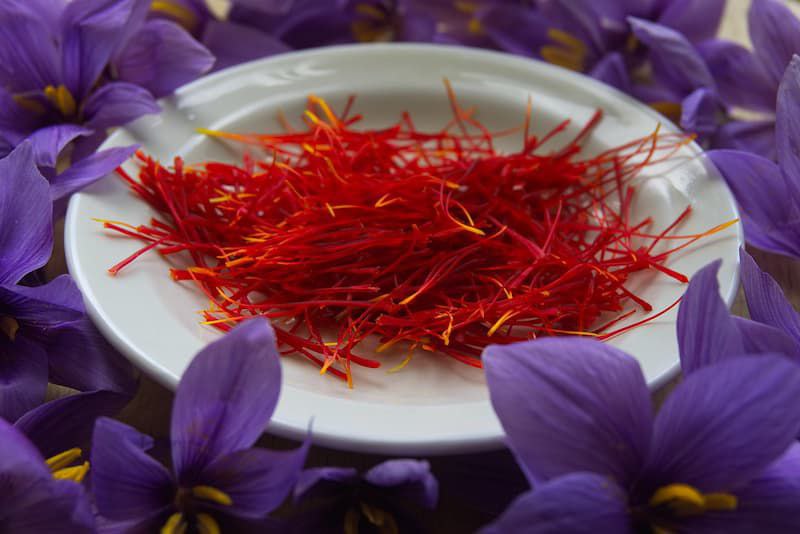
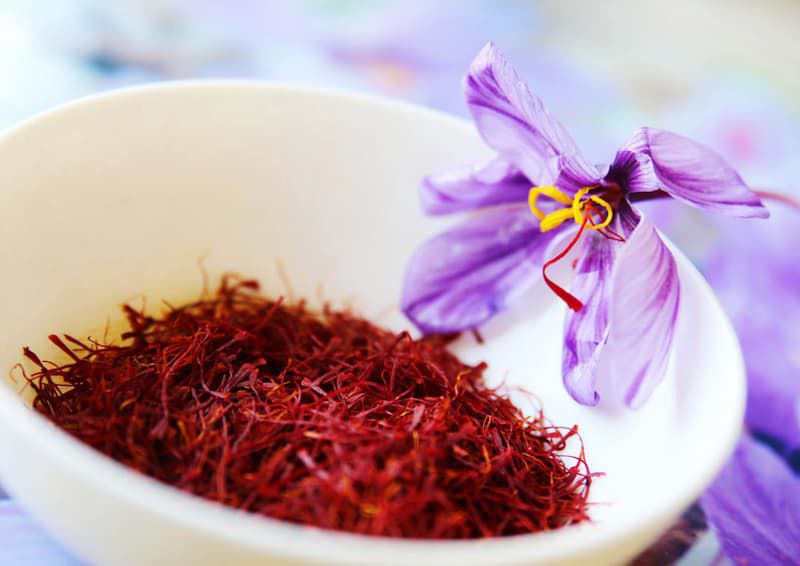
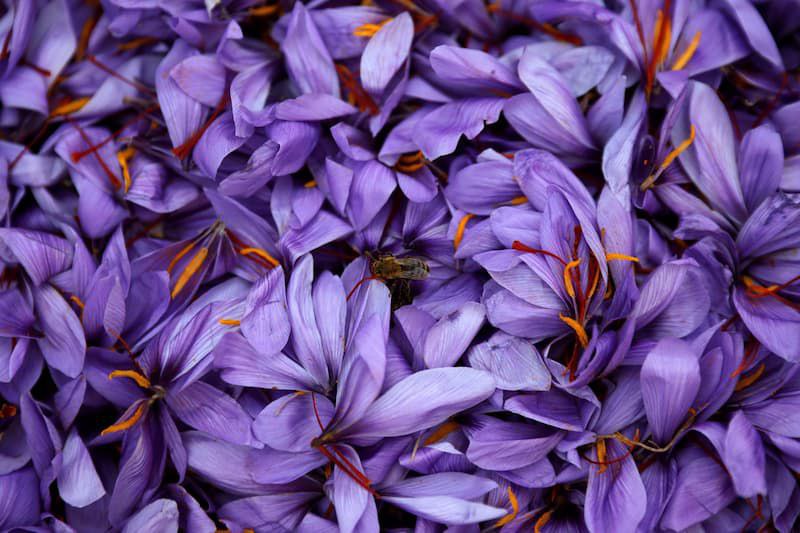
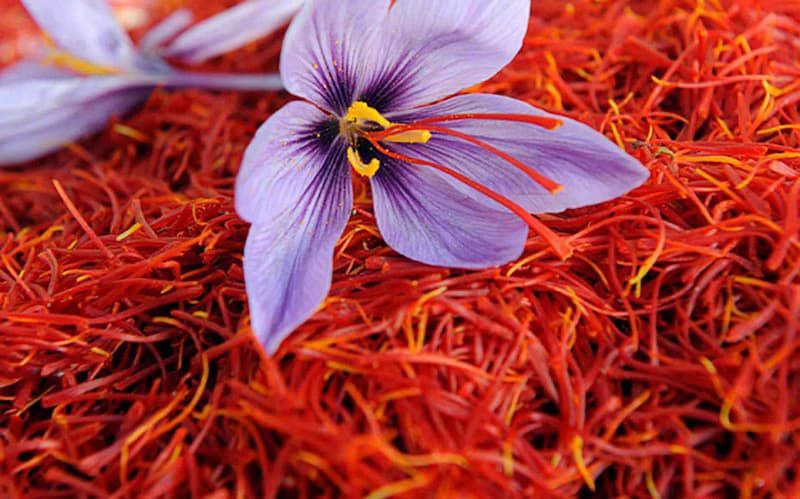
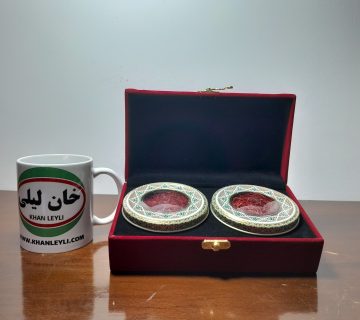
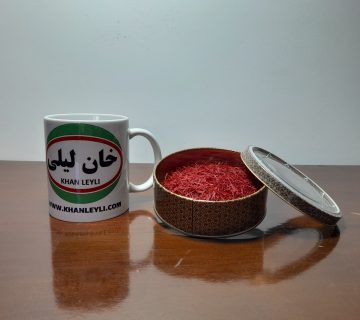
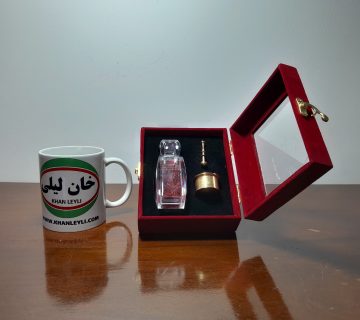
No comment